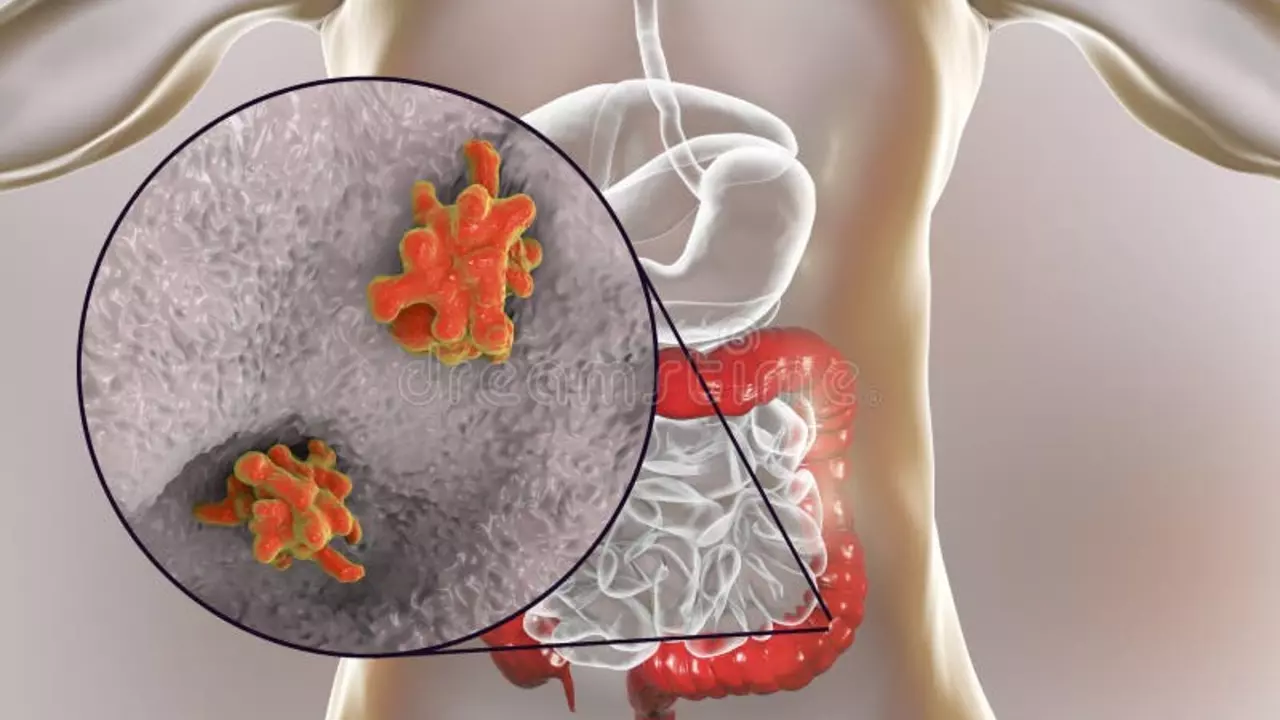Amoeba infections: what they look like and what to do
Amoeba infections range from common gut bugs to rare but deadly brain or eye infections. The name covers different organisms: Entamoeba histolytica (gut and liver), Naegleria fowleri (brain after warm freshwater exposure), and Acanthamoeba (eye infections in contact lens users and slow brain infections in people with weak immune systems). Each one acts differently, so recognizing the signs fast makes a big difference.
Symptoms and when to seek care
Entamoeba histolytica usually causes stomach pain, loose stools, and sometimes bloody diarrhea. If the infection spreads to the liver you may have fever, right‑upper‑quadrant pain, and night sweats — a liver ultrasound can show an abscess. See a doctor if you have persistent diarrhea, blood in stool, fever above 38°C (100.4°F), or severe belly pain.
Naegleria fowleri hits fast and hard. Symptoms start within days of exposure to warm freshwater (lakes, hot springs): sudden severe headache, high fever, nausea, stiff neck, confusion, and seizures. This is a medical emergency — go to the ER immediately if this follows recent freshwater activities involving water up your nose.
Acanthamoeba can cause two main problems. In healthy contact lens wearers it can cause keratitis: eye pain, redness, blurred vision, and sensitivity to light. In people with weak immune systems it can cause slow, progressive brain infection with headaches, personality change, or weakness. Any eye pain with vision changes after contact lens use or slow neurologic decline in an immunocompromised person needs urgent attention.
Diagnosis, treatment, and prevention
Doctors use tests that match the bug. For Entamoeba you’ll often get stool microscopy, antigen or PCR tests, and sometimes liver imaging with aspiration if an abscess is suspected. Treatment is two steps: a tissue‑active drug (metronidazole or tinidazole) to kill invasive forms, then a luminal agent (paromomycin or diloxanide furoate) to clear cysts inside the gut so the infection doesn’t come back.
For Naegleria fowleri, hospitals use aggressive treatment right away — intravenous amphotericin B has been used, and miltefosine (an anti‑parasitic) may be added if available. Even with treatment the outcome is often poor, so prevention and rapid action are key.
Acanthamoeba eye infections need specialized topical treatment: biguanide solutions such as chlorhexidine or polyhexamethylene biguanide (PHMB) and often an anti‑fungal or azole. Severe or systemic Acanthamoeba infections require combination therapy and sometimes miltefosine; treatment is long and requires close follow‑up.
Prevention is simple but effective: avoid getting water up your nose in warm freshwater, use boiled or properly filtered water for nasal rinses, never use tap water or homemade solutions with contact lenses (use sterile contact lens solution), practice good hand hygiene, wash fruits and vegetables, and improve sanitation where possible. If you get concerning symptoms after exposure, tell the clinician about recent water activity or contact lens use — that detail changes testing and treatment choices fast.
The Dangers of Amoeba Infections: What You Need to Know
Amoeba infections are a serious health concern that can lead to severe illness and even death if not promptly treated. They're caused by tiny parasites that can enter our bodies through various ways, including contaminated water or food. The symptoms can range from mild, like diarrhea, to severe, including brain damage. It's crucial to seek medical attention if you suspect you've contracted an amoeba infection, as early detection can greatly improve outcomes. Remember, prevention is key - maintain good hygiene and be cautious with what you consume, especially when traveling.
View More
